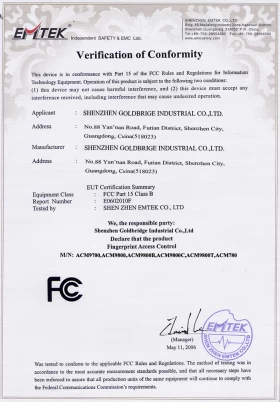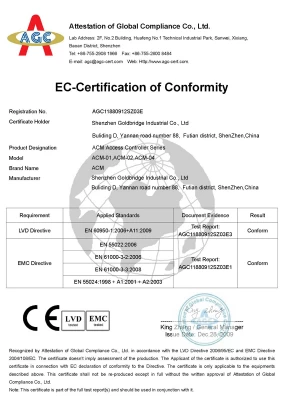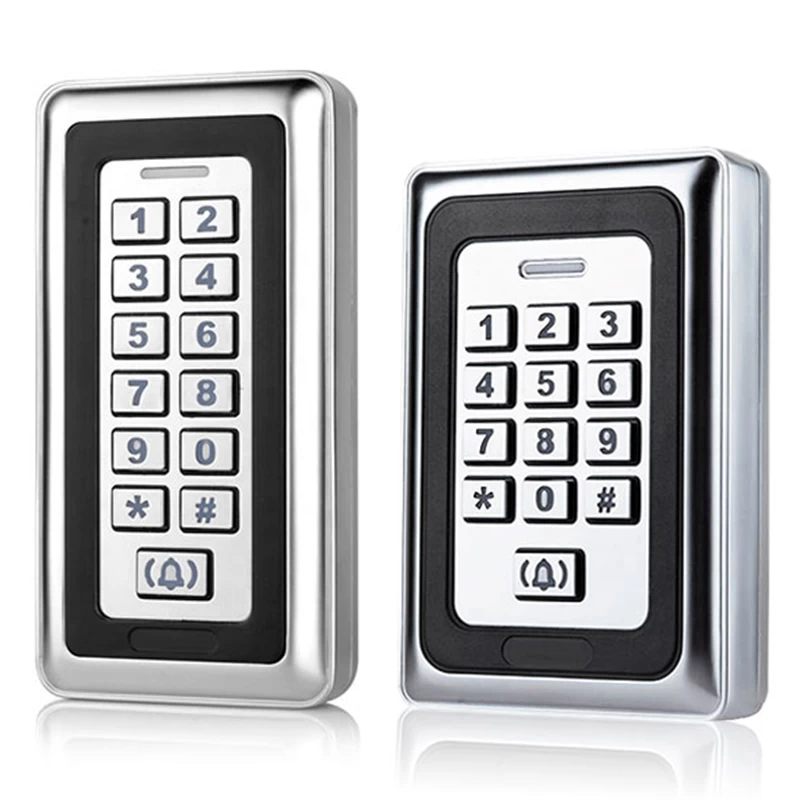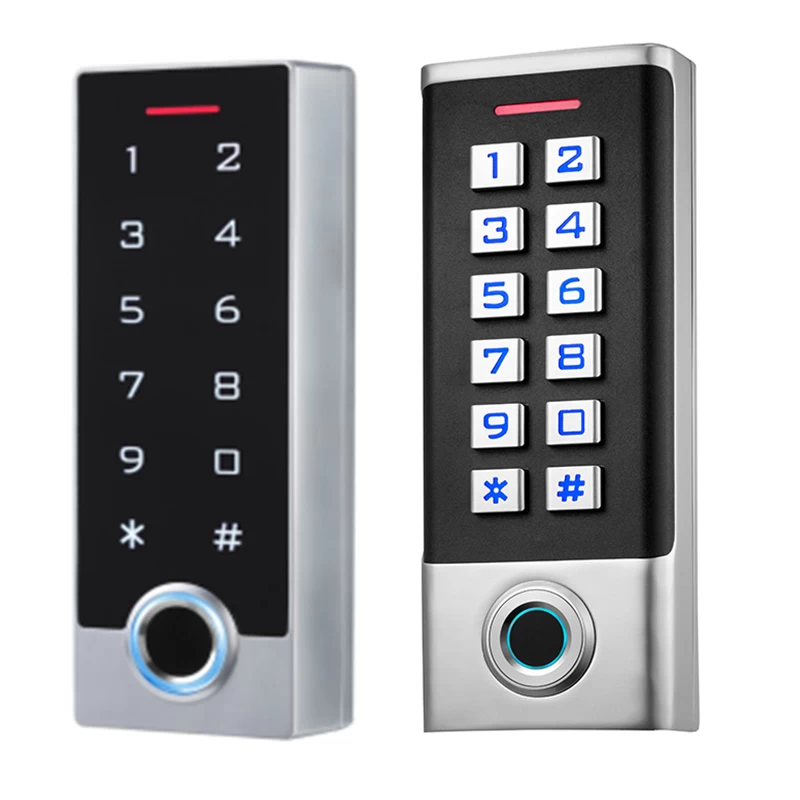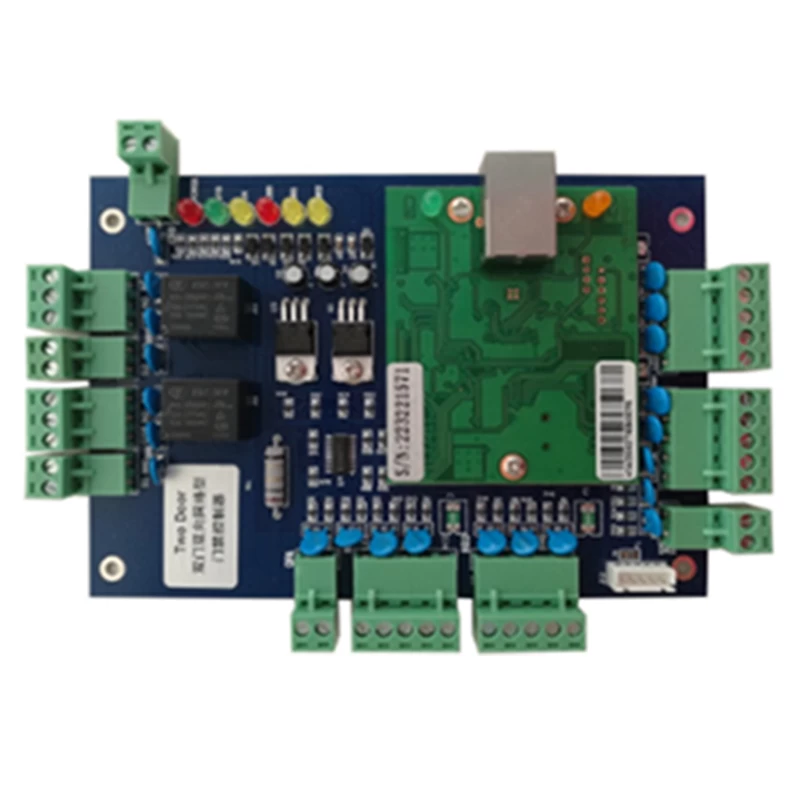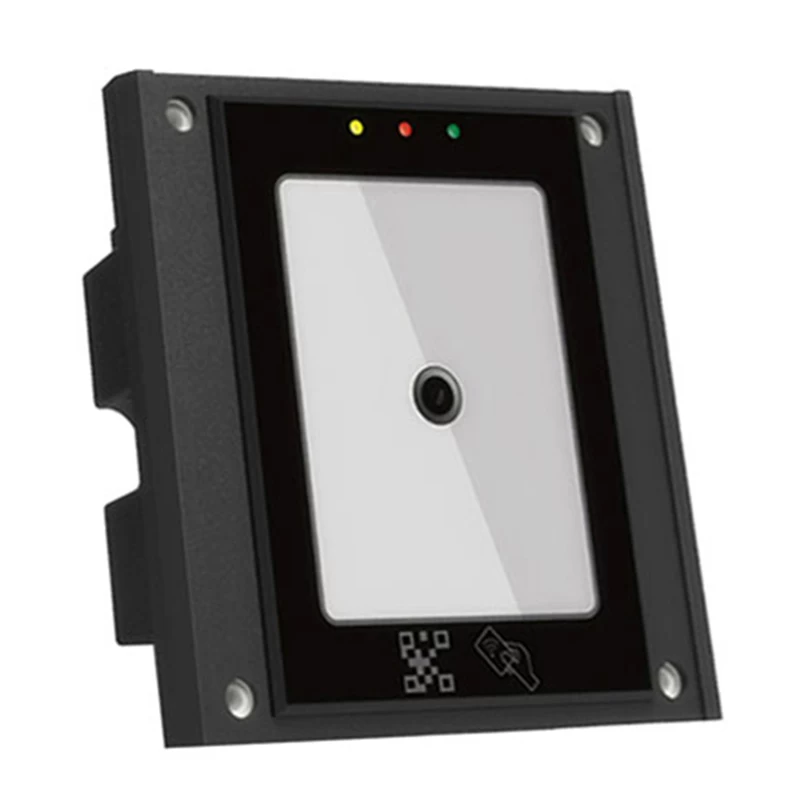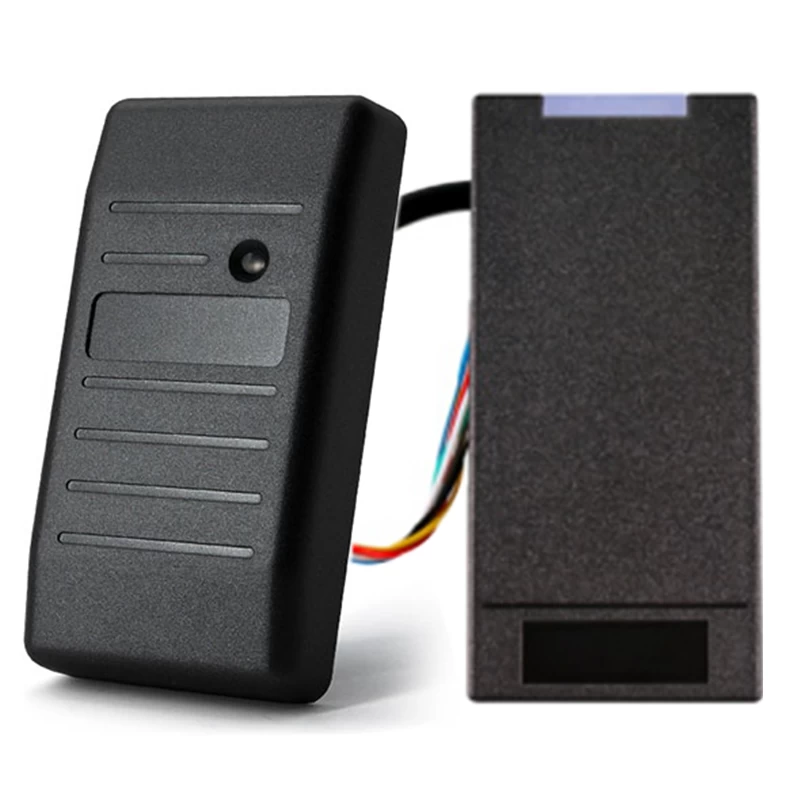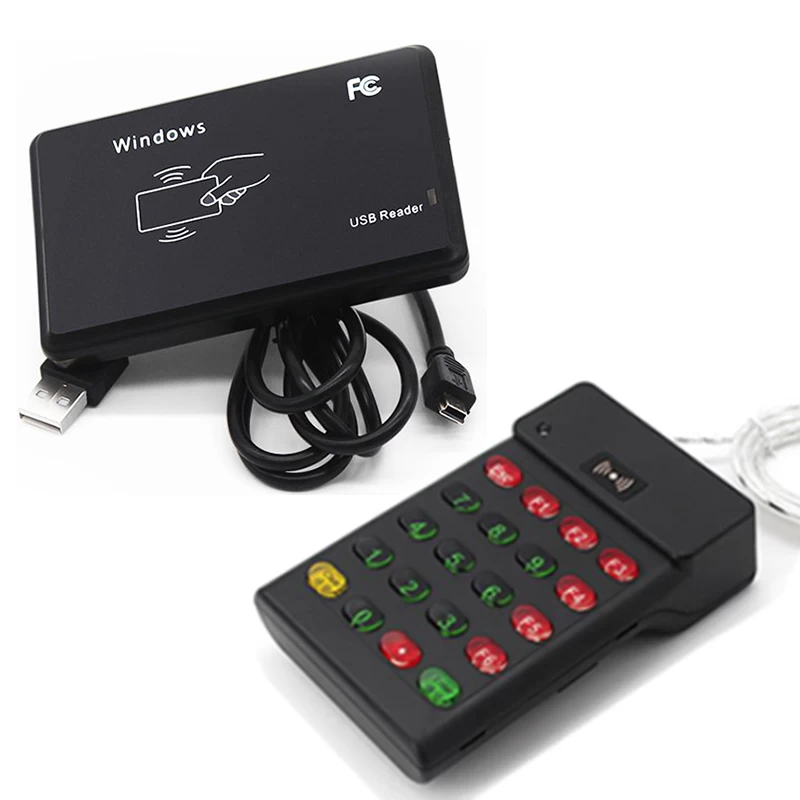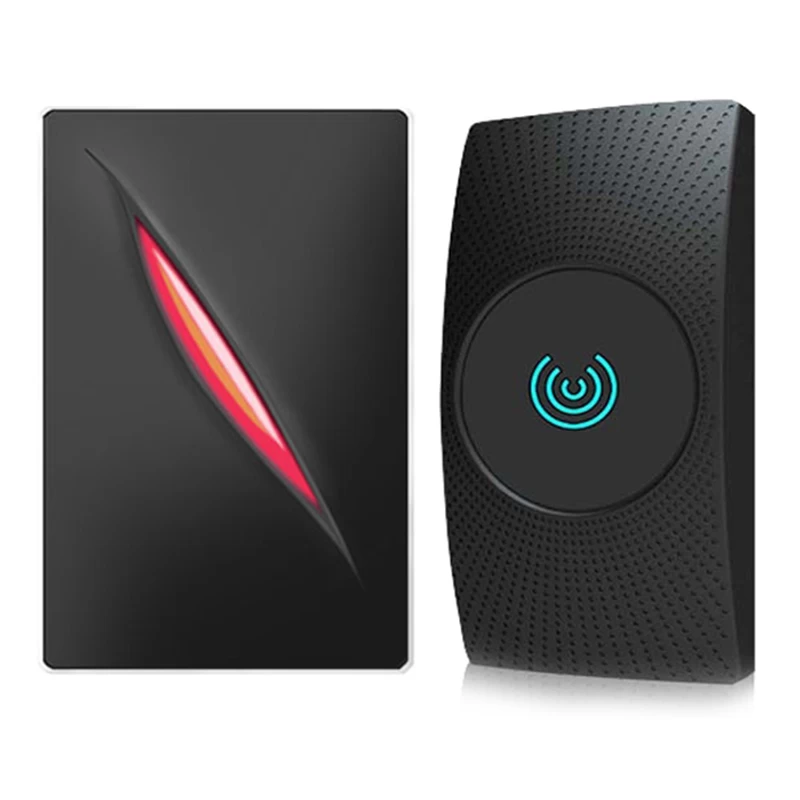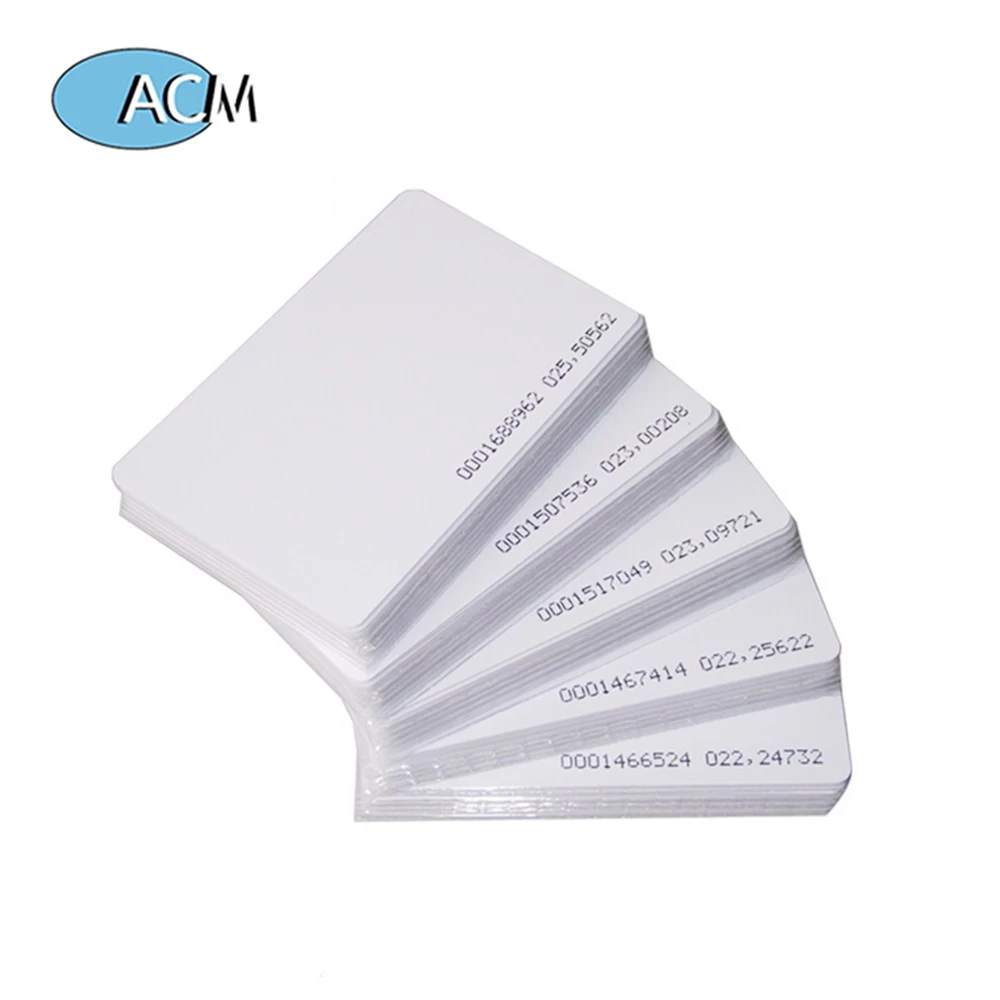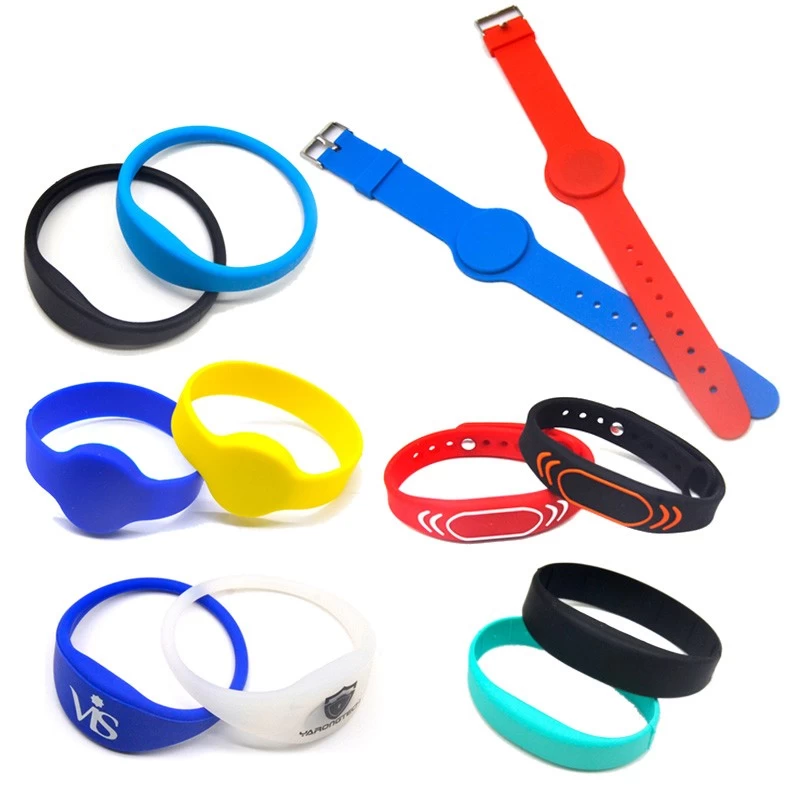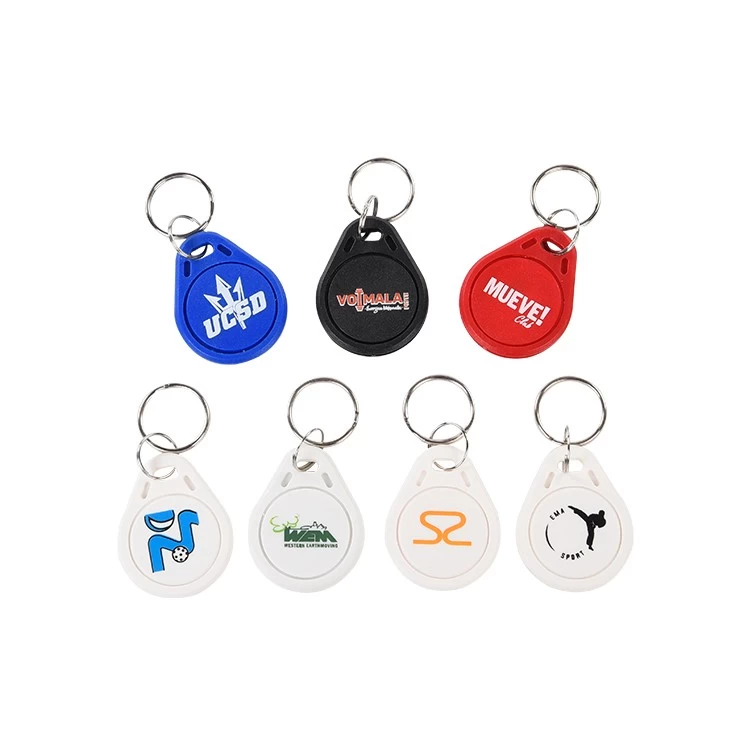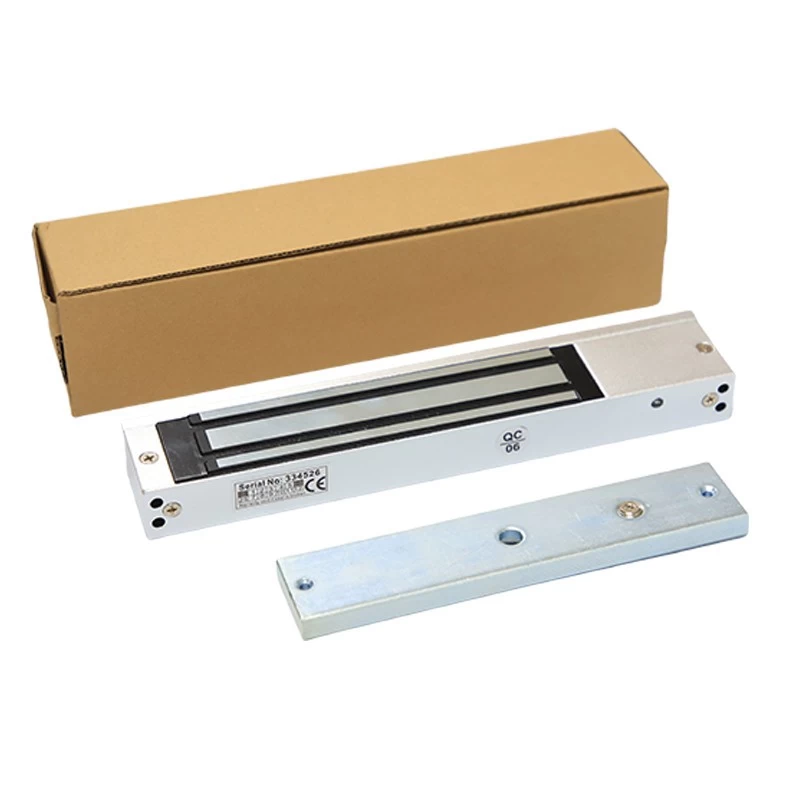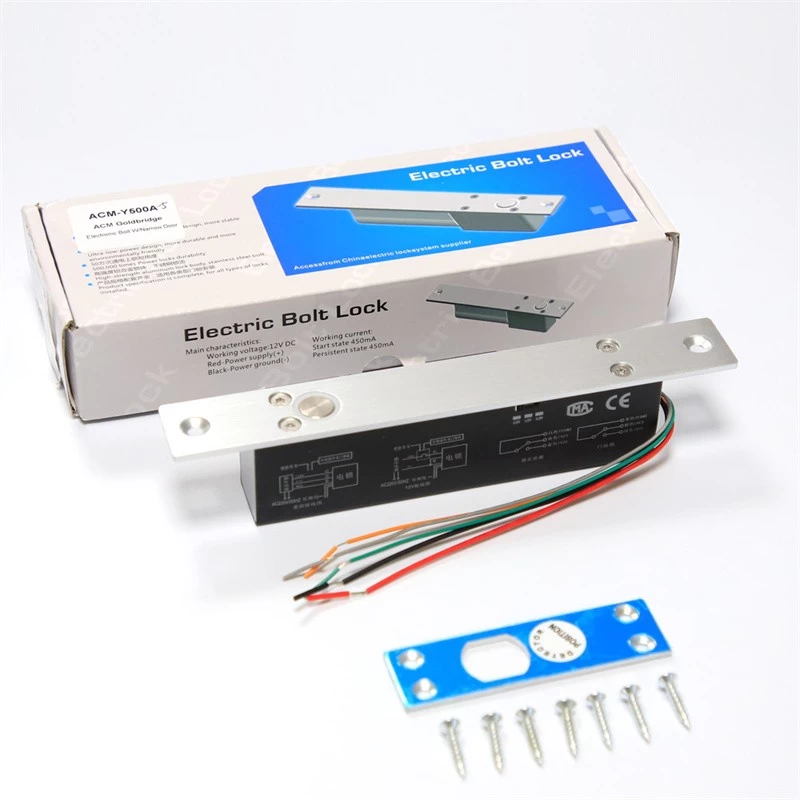Basics of Near Field Communications (NFC): The Future of Wireless Connectivity

Near Field Communications (NFC) is revolutionizing the way devices interact wirelessly over short distances. As a subset of RFID technology, NFC enables seamless data exchange between devices—such as smartphones, payment terminals, and smart tags—simply by bringing them within close proximity (typically a few centimeters).
How Does NFC Work?
NFC operates on electromagnetic induction, allowing two compatible devices to establish communication when they are near each other. Unlike Bluetooth or Wi-Fi, NFC requires no manual pairing or complex setup, making it ideal for quick transactions, access control, and smart device automation.
Key Applications of NFC:
-
Contactless Payments: Services like Apple Pay and Google Wallet rely on NFC for secure, tap-to-pay transactions.
-
Smart Access: NFC-enabled keycards and smartphones can unlock doors, offices, or hotel rooms.
-
Data Sharing: Users can instantly share contacts, photos, or links by tapping devices together (e.g., Android Beam).
-
IoT Integration: NFC tags automate smart home functions, like turning on lights or adjusting thermostats.
Security & Future Prospects
While NFC is designed with encryption for secure transactions, cybersecurity experts advise users to stay vigilant against "eavesdropping" risks. With the rise of smart cities and IoT, NFC is poised to expand into public transport, healthcare, and retail, further embedding itself into daily life.
As industries adopt NFC for its convenience and efficiency, this technology is set to redefine connectivity—one tap at a time.






